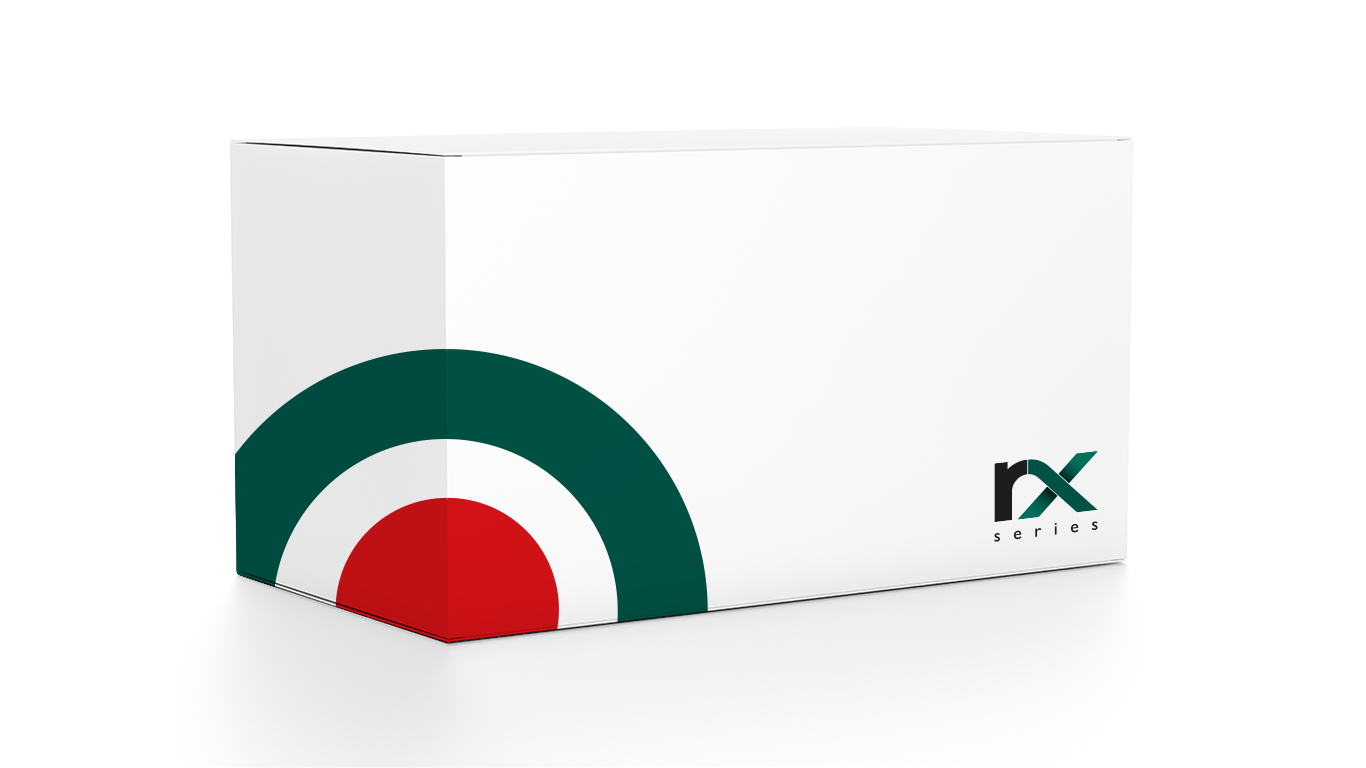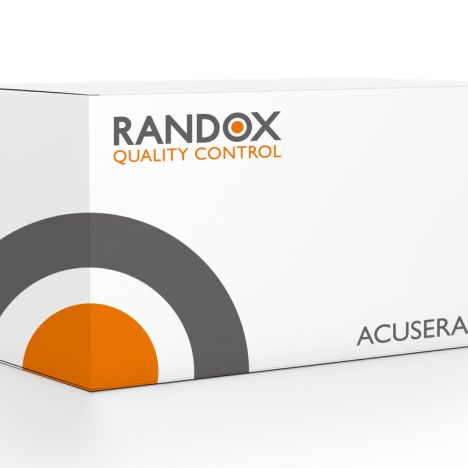Urea assay
For the quantitative in vitro determination of Urea in serum, plasma and urine. This product is suitable for automated, semi-automated and manual use.
$98.24
In stock
Description
Description
Intended Use
For the quantitative in vitro determination of Urea in serum, plasma and urine. This product is suitable for automated, semi-automated and manual use.
Clinical Significance
Urea is synthesized in the liver from ammonia, as a result of deamination of amino acids. This biosynthetic pathway is the chief means of excretion of surplus nitrogen by the body. Measurements obtained by this test are used in the diagnosis of renal and metabolic disorders, most frequently kidney disorders. More than 60% of the kidney must be destroyed before plasma urea levels are significantly raised. This test is most frequently used in conjunction with serum creatinine for increased protein levels (cardiac decompensation, water depletion).
In 1913, Marshall introduced an assay utilizing urease for the determination of urea in the blood. The ammonia released from urea by urease was measured titrimetrically. Numerous other techniques have since been used to measure the ammonia produced.
In 1965 Talke and Schubert produced an enzymatic procedure for the determination of urea using the coupled urease – GLDH (Glutamate dehydrogenase) enzyme system.

